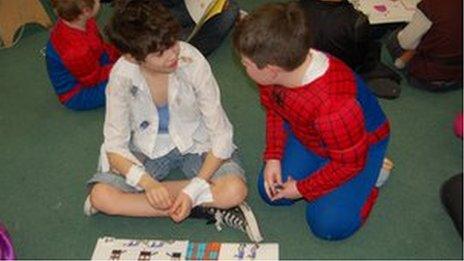Analogue treasure hunt: Mum's bid to wean kids from computers
- Published
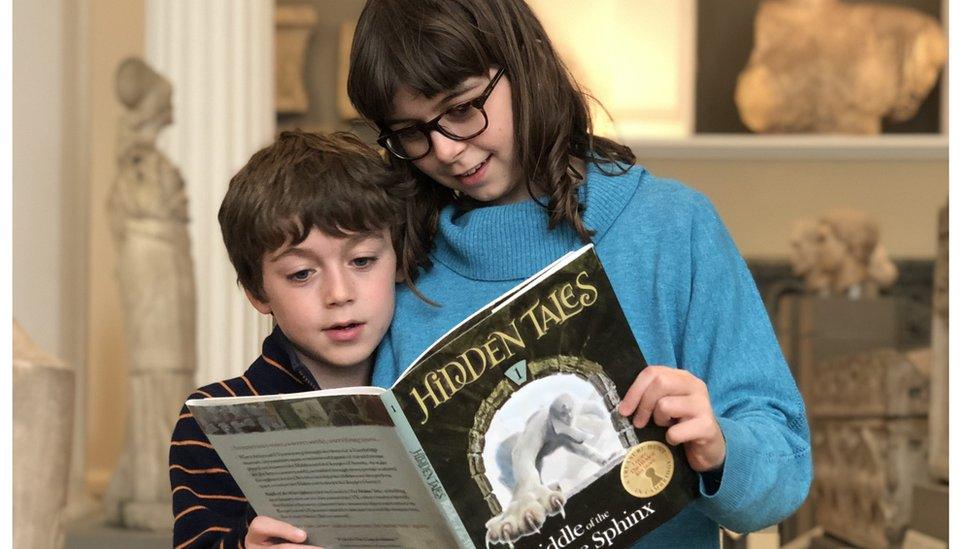
Clues hidden in the book take children on an adventure around Cambridge's museums
A mother-of-two has devised an "analogue" treasure hunt around her city - in a bid to wean her daughters off their computer screens.
Writer Sorrel May said she was inspired to create it by the 1970s picture book quest classic Masquerade.
Her Hidden Tales takes children on an adventure around Cambridge's museums - with clues linked to a storybook.
An accompanying literacy programme has also been taken up by more than 40 schools across Cambridgeshire.
The first book in the series, Riddle of the White Sphinx, is a collaboration between Ms May, illustrator Jennifer Bell and author Mark Wells, who described it as a "multi-dimensional breadcrumbs trail".
Ms May said seeing her daughters - aged nine and eight - spend so much time on their devices prompted her to find "another way to engage with them".
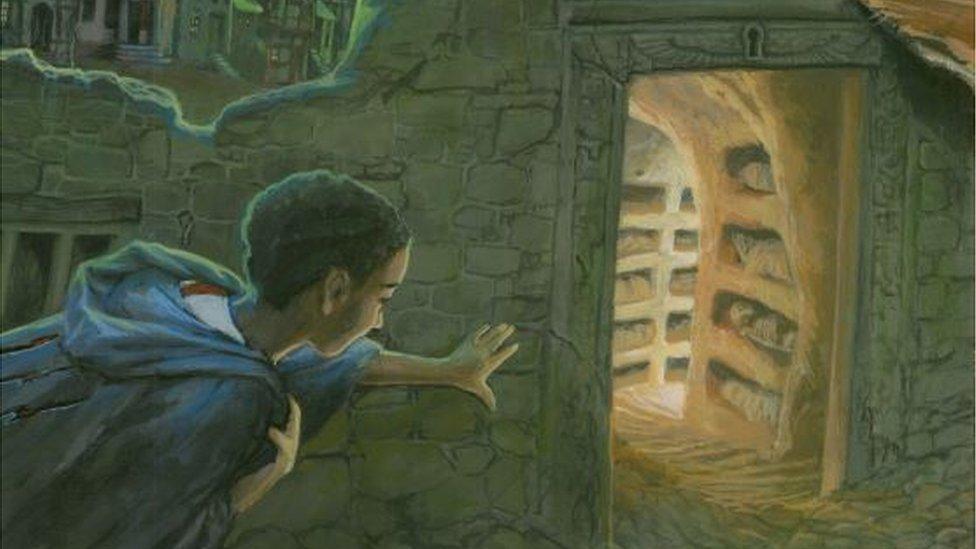
Illustrations in the Riddle of the White Sphinx also contains clues for readers to solve
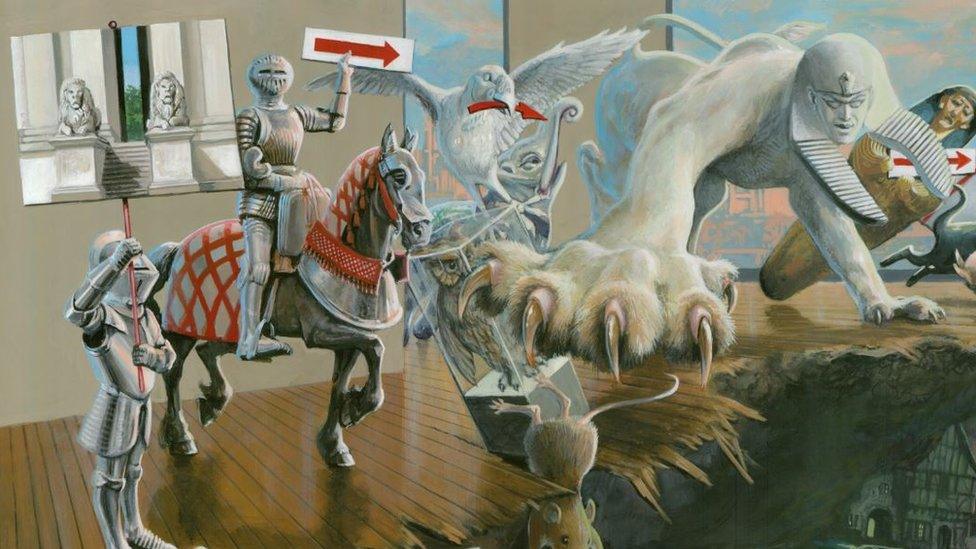
Children will be able to follow the Hidden Tales quest at their own pace
The project has been endorsed by War Horse author Michael Morpurgo as "a wonderful way to discover the magic of stories and reading".
Hidden in the story are mysteries linked to artefacts on show in Cambridge's museums.
The quest ends with a specially-engraved stone - concealed in the city - bearing a code for seekers to crack using the clues they have solved along the way.
It is being launched at the Sedgwick Museum, external - with the book going on sale on Monday.
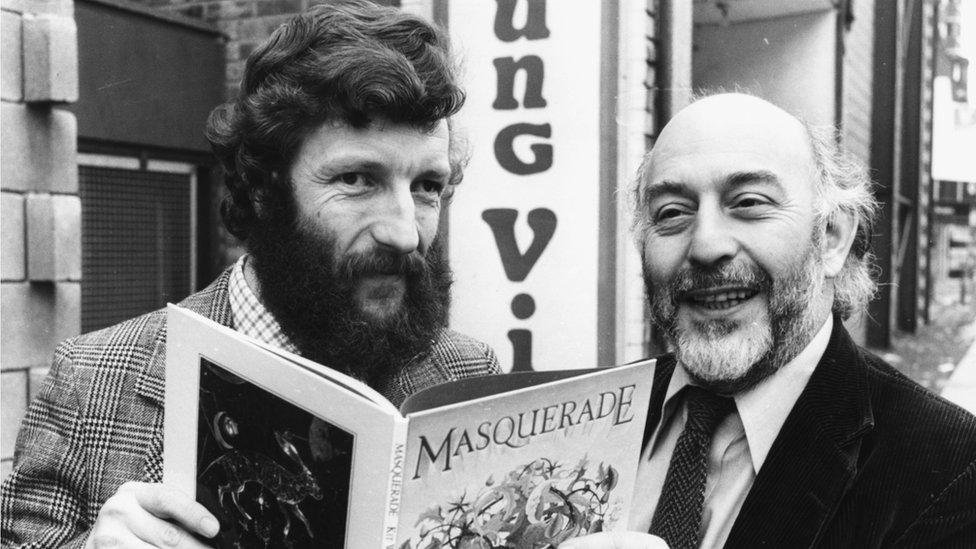
Kit Williams (left) published Masquerade in 1979 and it became a phenomenon as people tried to solve the clues and find the buried treasure
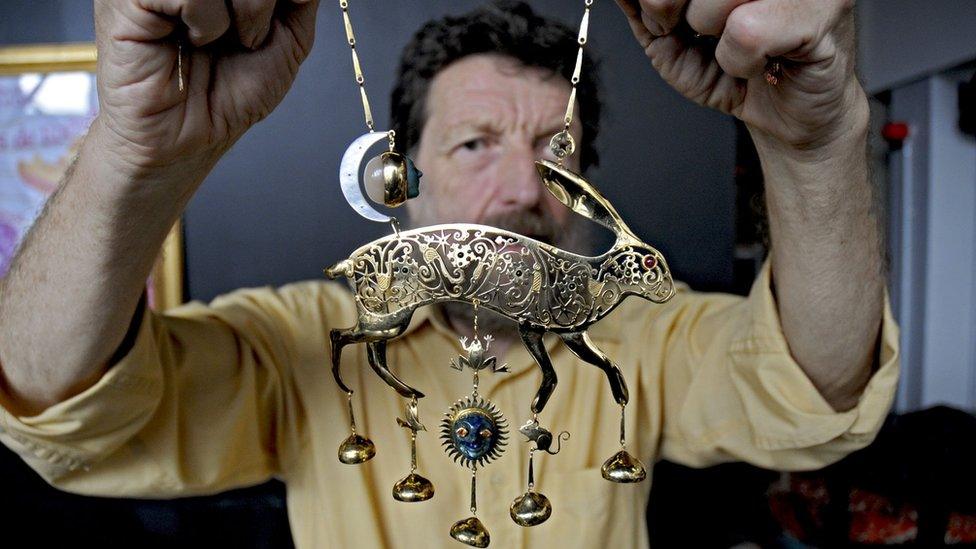
Masquerade ended with the discovery of the gold hare which Kit Williams had buried in a park in Bedfordshire
Ms May said she was inspired by the publishing phenomenon Masquerade, which she remembered working out with her grandmother.
Kit Williams's picture book was published in 1979 and set readers a challenge of solving clues to find a golden hare which he had buried in a park in Ampthill, Bedfordshire.
"We don't have to lose everything in a digital age," said Ms May.
"Technology has a place but reading books and physically turning the pages is such a wonderful thing."
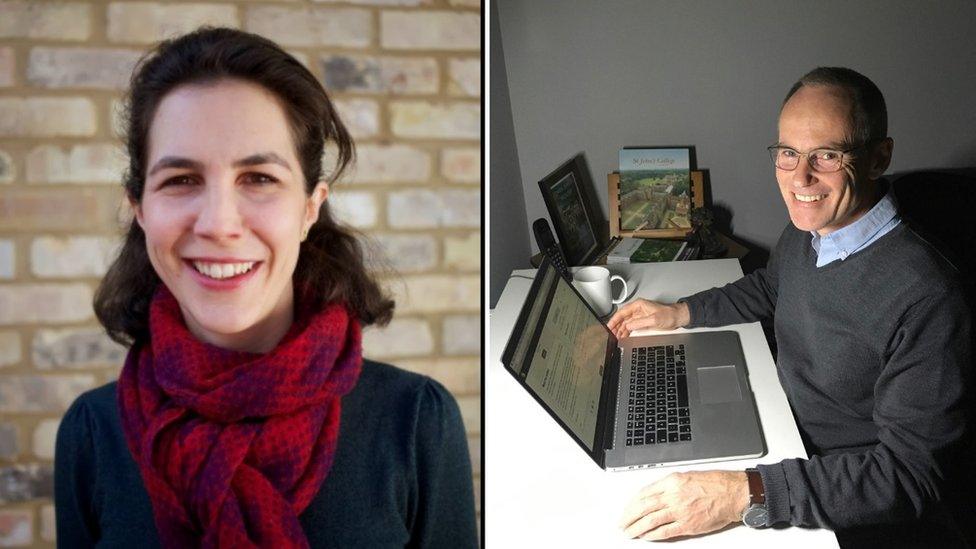
Mother-of-two Sorrel May devised the idea - with author Mark Wells writing the story
Mr Wells said the adventure was "as simple as it sounds, and hugely compelling and relevant in a world that spends so much time online".
"Museums are also the ideal place as they're packed full of ideas and facts," he said.
- Published6 April 2019
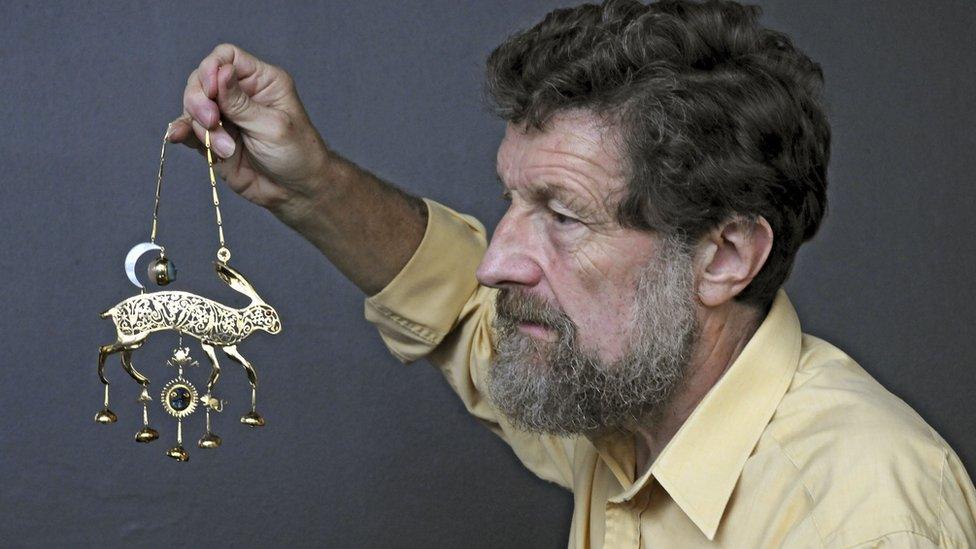
- Published17 March 2019

- Published3 February 2019
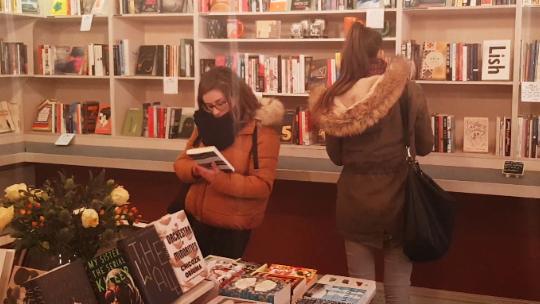
- Published10 September 2018

- Published7 September 2012
